Venus will disappear behind the Moon’s disc at around 09:43 UT on 9 November, during an event known as a lunar occultation of Venus.
Such events are infrequent enough to make them quite special to chase and record. Here, we’re looking at different methods you can use to do just that.
For more advice, read our guide on how to calculate and observe lunar occultations and our complete guide to the 9 November lunar occultation of Venus

9 November Venus lunar occultation key facts
The occultation takes place during daylight hours, which isn’t much of an issue for Venus.
Currently shining at mag. –4.2, it’s possible to pick the planet out of a bright blue sky with the naked eye so long as you know where to look.
The Moon will be at a 15%-lit waning crescent phase on the morning of 9 November, separated from the Sun by 45 degrees.
The crescent Moon should be fairly easy to locate in daylight but to guarantee finding it, catch it before sunrise.
Given clear skies and dark-sky conditions, the crescent Moon near brilliant Venus should be pretty stunning.
Moonrise from the UK’s centre is around 02:42 UT, Venus appearing just before 03:00 UT above the eastern horizon.
The occultation occurs 2 hours 20 minutes after sunrise.
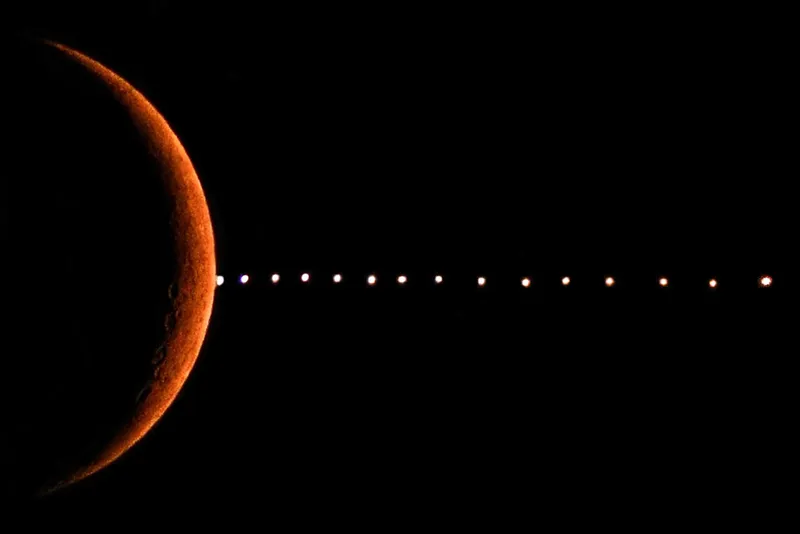
Equipment and settings
The brightness of both subjects means they can be captured with many types of cameras and lens/telescope combinations.
For example, a DSLR and telephoto lens will frame the Moon and Venus in the same shot, while a high-frame-rate camera attached to a telescope can give a more magnified view.
As the Moon is moving east relative to Venus, it’s the bright edge of the Moon which covers the planet.
This is easy to see and it should be relatively straightforward to frame the disappearance event with a higher magnification setup.
We would however, advise against an image scale that has Venus filling the frame; this would lose the impact and substance of the occultation.
Covering say 20% of the lunar limb in a single shot should be fine.

What the Venus occultation will look like
Venus will have a gibbous phase of 58% and an apparent diameter of 20 arcseconds, one-90th the Moon’s apparent diameter, comparable in apparent size to the dark 46km crater Billy, which lies to the north of the disappearance point.
One surprising thing to note from the occultation is just how much brighter than the Moon Venus appears.
This sets the upper level for exposure settings and may render the Moon’s surface darker than you’d like.
If you decide to capture the planet and Moon separately for a subsequent composition, that’s fine, but do make sure this is put in the description of the final shot to avoid any future confusion.
The reappearance of Venus will be harder to deal with because the planet will appear from behind the Moon’s dark edge, a boundary which won’t be visible during daylight.
Here, a more relaxed image scale will help to take the pressure off, albeit resulting in a smaller image of Venus.
However you decide to capture the event, the rarity of a lunar occultation of a planet really makes the result worth putting in the effort for. Good luck and clear skies for 9 November.

Equipment
- DSLR or equivalent with telephoto lens (300mm )
or
- High-frame-rate camera with a telescope.
- Tracking mount
Photograph the Venus occultation, step-by-step
Step 1
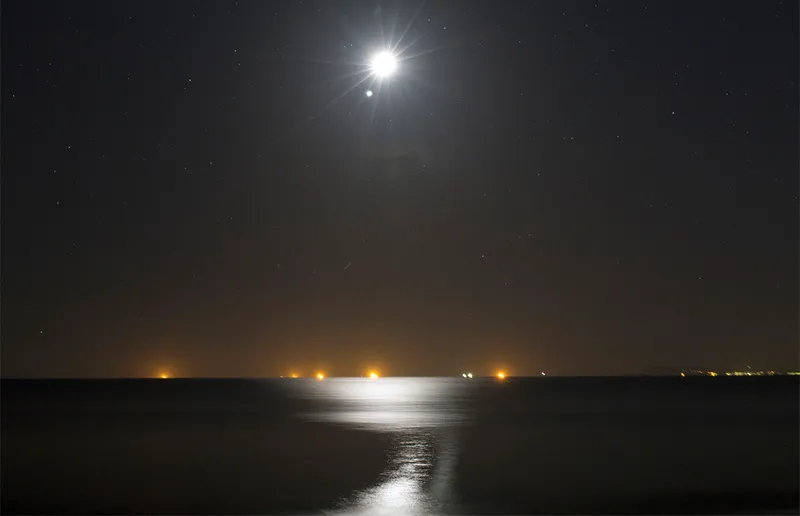
Decide how you’ll find the Moon and Venus on the morning of 9 November.
It’s worth getting up before sunrise and locating both objects against a dark twilight sky. This makes for an interesting photo in its own right.
If you have a tracking mount, centre on the Moon, continuing to follow it through to the occultation.
Step 2
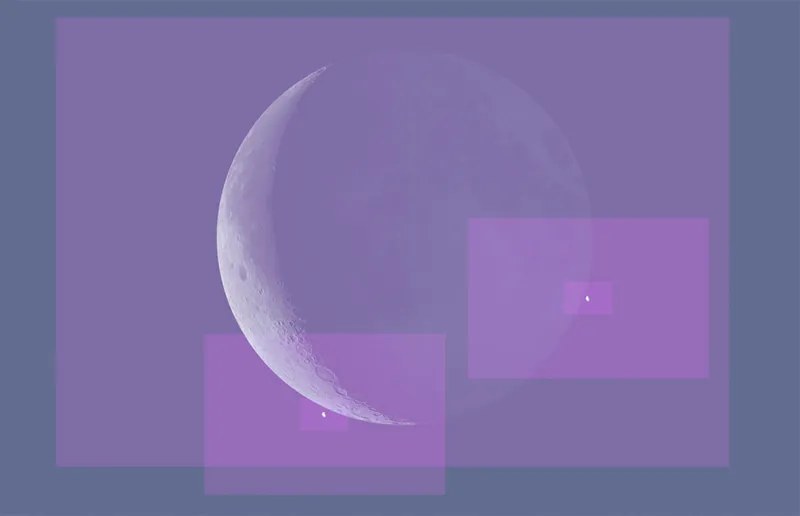
Plan what image scale you want for the disappearance and reappearance events.
Disappearance is easier to zoom in on because you can see Venus and where the edge of the Moon will be before the event.
Reappearance is much harder because you can’t see Venus or the Moon’s edge before the event occurs.
Step 3
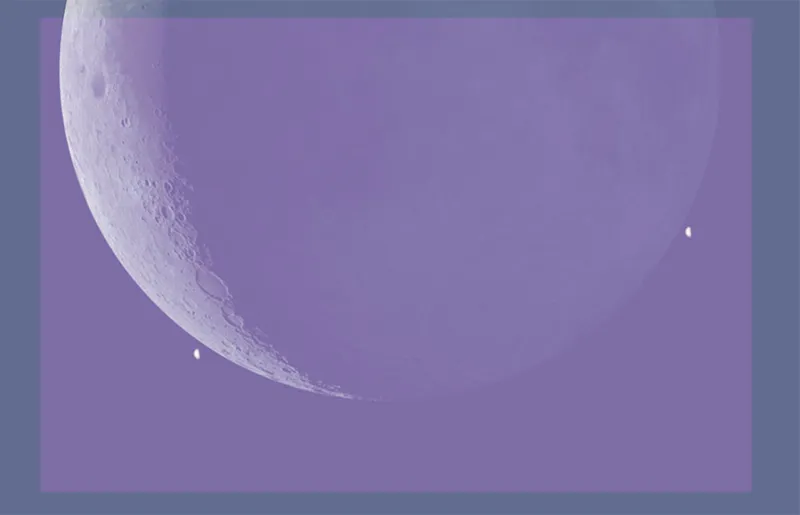
If you’re using a DSLR or equivalent fitted to a telephoto lens or telescope, frame the Moon’s edge to your preference.
Aligning the Moon so its equator is parallel to your frame’s long edge is helpful as both events occur south of the lunar equator.
In other words, you can zoom in to cover just the lower half of the Moon.
Step 4
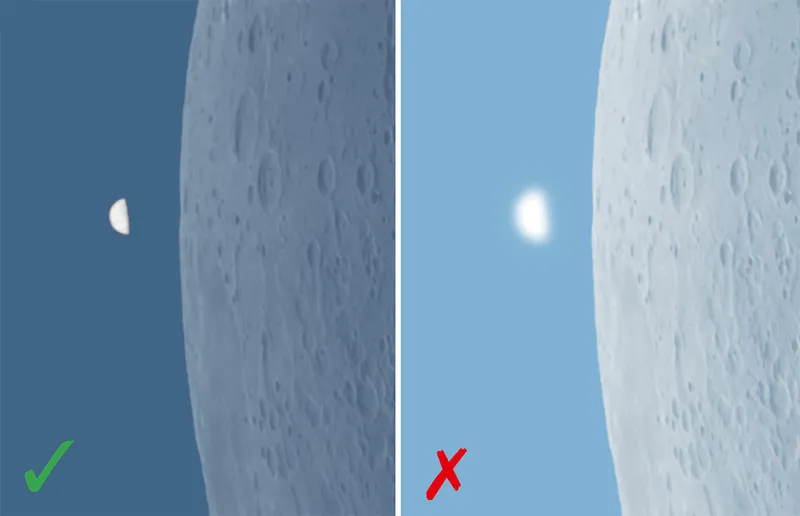
A shot of the entire Moon is the safest option, but the planet will appear small.
Focus on Venus, getting it as sharp as you can. If possible, grab shots at regular intervals before the event, adjusting the ISO low.
With a DSLR, it’s likely Venus’s disc will be over-exposed, so try to avoid the planet bloating beyond its edge.
Step 5
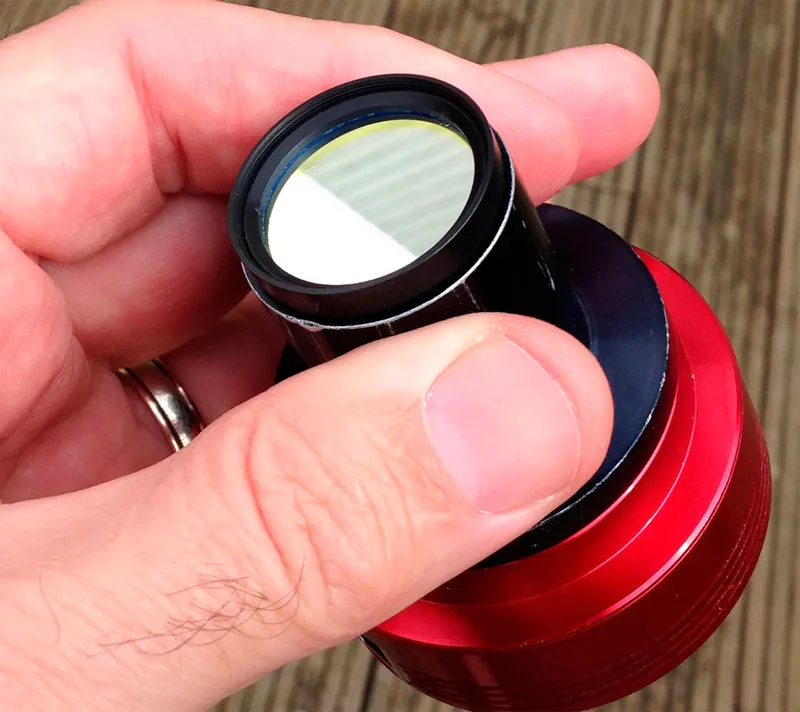
A high-frame-rate camera can get you in closer to the action.
If you have a mono camera, consider using an IR-pass filter to darken the background sky.
Adjust your exposure carefully to avoid over-exposing Venus.
Low gain and short exposures should allow you to keep your capture sequences down to a preferable length; ideally they’ll be just a few seconds.
Step 6
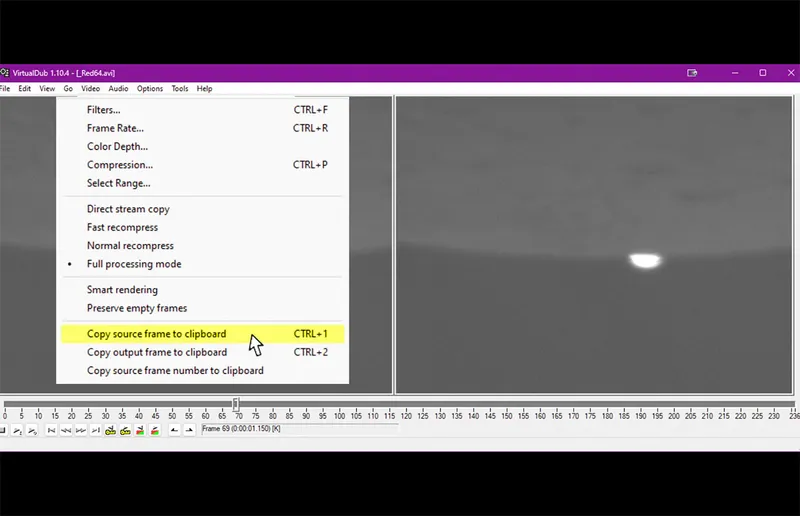
At the point of occultation, keep exposures very short to freeze the action.
Consider recording the event as a high-frame-rate video.
Extract still frames via a movie player or utility such as VirtualDub. However you display your final results, include all the capture details on the image.
Did you manage to photograph the Venus occultation? Don't forget to send us your images.
